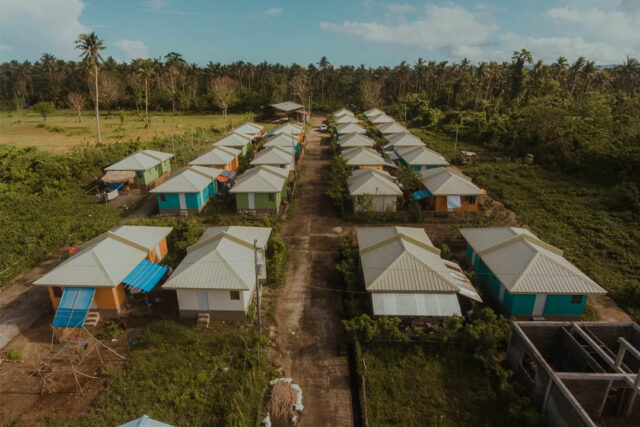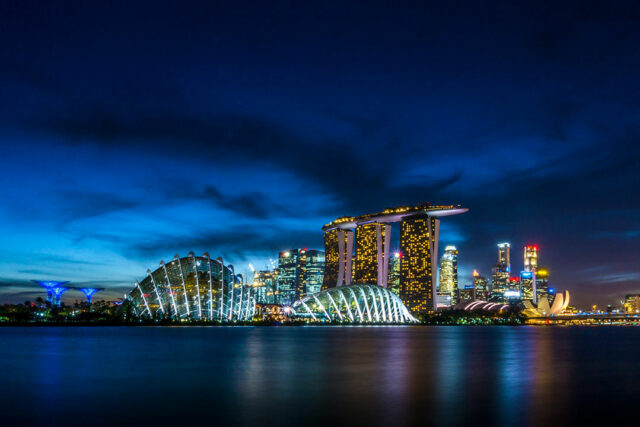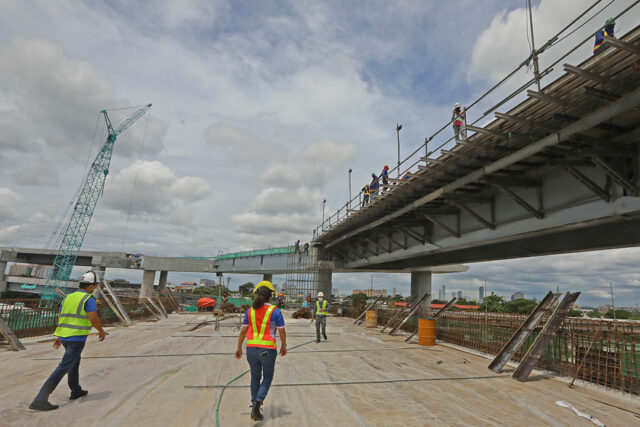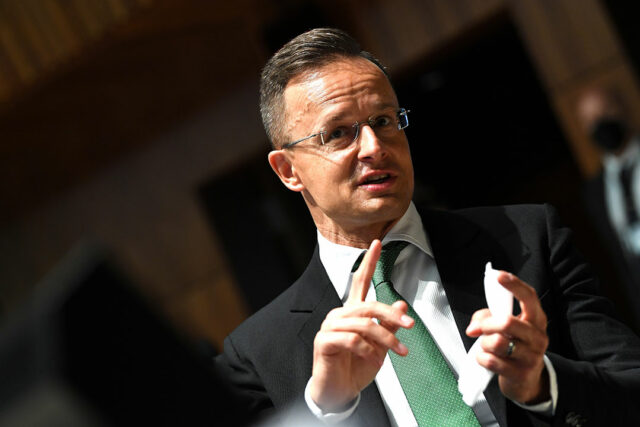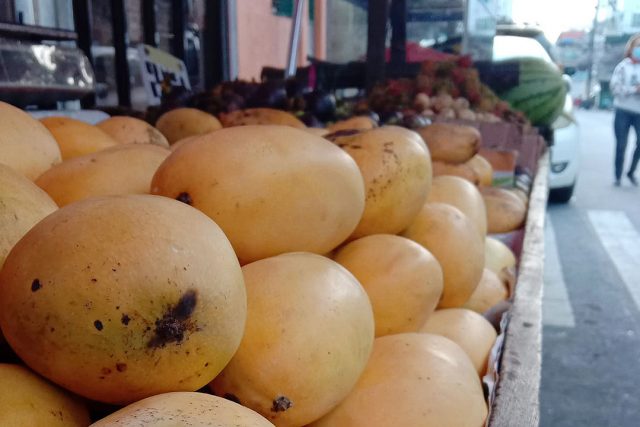SEC halts Hasmadai, charges Silverlion Livestock for money laundering
THE Securities and Exchange Commission (SEC) has issued a cease-and-desist order against Hasmadai Foundation, Inc. and its officials for allegedly engaging in the sale and offer of securities without registration.
The order also covers other entities such as Humanitarian and Spiritual Mission Apostulates of Davao and Asia, Inc., and Humanitarian Institute of Technology Corp., the SEC said in an order posted on its website on June 14.
The SEC ordered its enforcement and investor protection department to serve the order to Hasmadai and other similarly named entities.
According to the SEC, Hasmadai reportedly offers securities in the form of “mission support” or “charity mission support pledge form” in which donors may pledge P5,000 to P20,000.
Hasmadai allegedly practices a scheme that involves the pooling of investments from the public.
“The funds collected by Hasmadai were ostensibly used to support its educational mission partnership, humanitarian livelihood, charity mission, and spiritual mission as proclaimed in its charity mission support pledge form. But in reality, the donations are actually utilized to pay the guaranteed returns in the form of monthly missionary allowance due to existing members, which, in turn, ensures its continued operation,” it said.
“Hasmadai’s unauthorized investment scheme promises donors guaranteed monthly spiritual medical assistance ranging from 27% to 34% of the donation,” it added.
The SEC said the entities have not registered any securities and have not filed an application for the registration or license to sell securities, which are required under Republic Act No. 8799, also known as the Securities Regulation Code.
It added that the entities are operating in various areas across the Caraga region.
“Hasmadai’s articles of incorporation shows that it is an independent religious society, a nonstock, nonprofit corporation with no sustainable income or viable source of capital that merely relies on the solicitation of donations from its members. It cannot possibly sustain the payment of returns that it guaranteed to, or is guaranteeing, to its members and the investing public,” the SEC said.
The SEC said the entities may file a verified motion to lift the order to the commission en banc within five days from receiving the order.
BusinessWorld reached out to Hasmadai through its social media pages but did not receive a response as of the deadline.
SILVERLION LIVESTOCK TRADING
In a separate statement on Monday, the SEC said it filed a second money laundering case against Silverlion Livestock Trading Corp.
The SEC and the Anti-Money Laundering Council (AMLC) filed a joint complaint against Silverlion Chief Executive Officer Ryan Cagod Ladoing on June 4 for violating Section 4(b) of Republic Act No. 9160, also known as the Anti-Money Laundering Act (AMLA).
Under Section 4(b), money laundering is committed by any person who, knowing that any monetary instrument or property represents, involves, or relates to the proceeds of any unlawful activity, converts, transfers, disposes of, moves, acquires, possesses, or uses said monetary instrument or property.
Fraudulent practices and other violations of Republic Act No. 8799, otherwise known as the Securities Regulation Code, are among the unlawful activities or predicate offenses to money laundering, under Section 3(i) of the AMLA.
“The complaint was filed after Mr. Ladoing was found to be in possession of more than P14 million in cash during the conduct of a consented search by operatives of the Philippine National Police Anti-Cybercrime Group, together with the SEC Zamboanga Extension Office in 2022,” the SEC said.
“The search was conducted following investigations by the SEC which showed that Silverlion was soliciting investments ranging from P5,000 to P100,000, with guaranteed earnings of up to 35% within 15 days. The group also offered a special promo involving the car of choice of any investor who locks in P400,000 worth of investment for 60 days,” it added.
In October 2023, the SEC and the AMLC filed a complaint against Silverlion and its other officials after it was found to be in possession of around P17.89 million of cash during the implementation of a search warrant in Silverlion’s offices in Zamboanga City.
Silverlion has not secured the license to offer investments to the public. It is registered with the SEC as a corporation.
“Prior to the filing of the complaints, the SEC has revoked Silverlion’s corporate registration and issued a cease-and-desist order against the company and its officers, directors and agents,” the commission said. — Revin Mikhael D. Ochave


